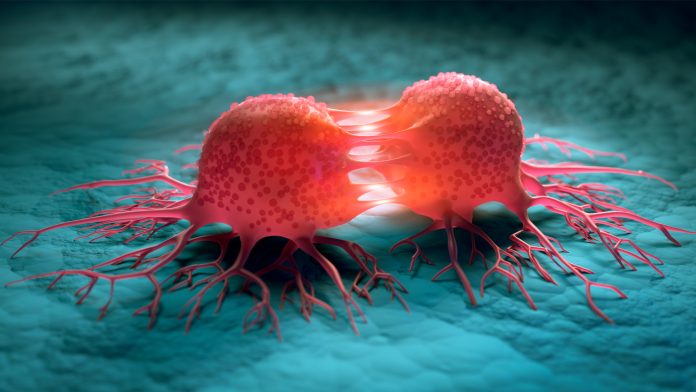A new Artificial Intelligence-based technology can help researchers better understand tumour formation and unravel cell signalling in response to cancer treatment.
Scientists at the Institute of Computational Biology at Technische Universität München (TUM) developed the new Artificial Intelligence (AI) technology to help researchers estimate reaction rates of RNA transcription, splicing and degradation without the need of any experimental data. This technology might help medical professionals better understand tumour formation and unravel cell signalling in response to cancer treatment.
This new method, named single-cell velocity (scVelo), has improved upon traditional single cell sequencing methods. Prior to these findings, researchers studied static images of single cells to reveal more about their functions and properties. This method limits a researcher’s access to information about the dynamics of cell development and gene activity. To improve upon this, the scientists behind scVelo aim to allow researchers to reconstruct the developmental trajectory of a cell on a computational basis.
Improving upon cancer cell identification
In its recent research paper, published in Nature Biotechnology, the research team states: ‘RNA velocity has opened up new ways of studying cellular differentiation in single-cell RNA-sequencing data. It describes the rate of gene expression change for an individual gene at a given time point based on the ratio of its spliced and unspliced messenger RNA (mRNA).
‘However, errors in velocity estimates arise if the central assumptions of a common splicing rate and the observation of the full splicing dynamics with steady-state mRNA levels are violated. Here we present scVelo, a method that overcomes these limitations by solving the full transcriptional dynamics of splicing kinetics using a likelihood-based dynamical model.’
By estimating reaction rates of RNA transcription, splicing, and degradation, scVelo users can better understand the cell identity and phenotypic heterogeneity. That is particularly useful when studying cellular decision making. Moreover, scVelo reveals regulatory changes and putative driver genes therein. This helps to understand how and why cells are developing the way they do.









